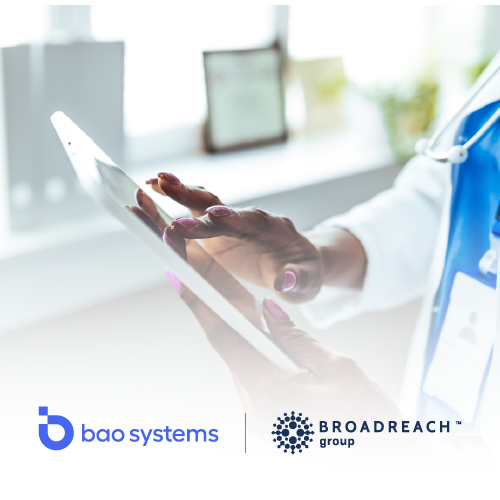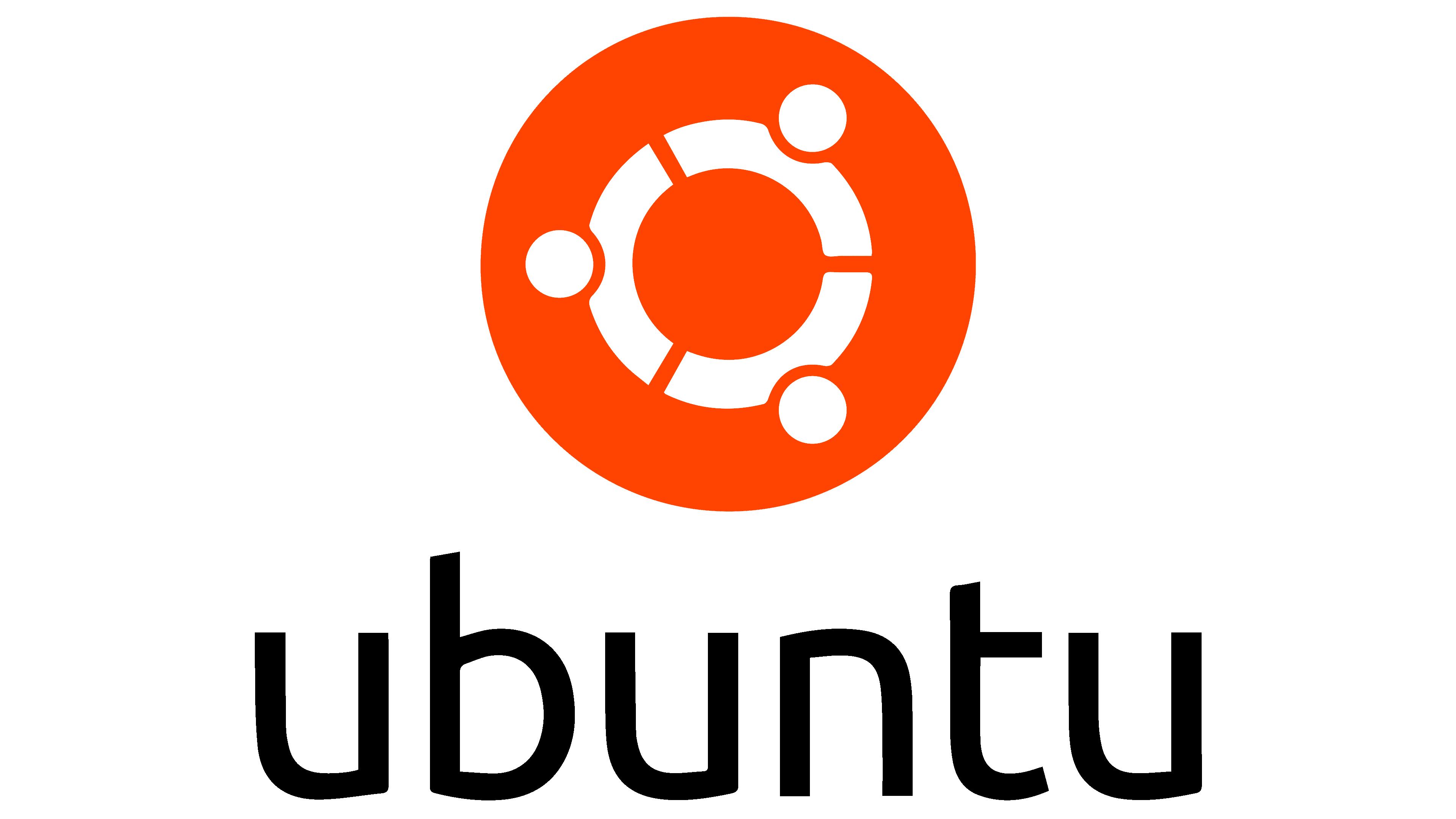Meet Pete, the mastermind behind PDAC
17 Jun 2021
By Kjerstin Andreasen, Business Operations Manager at BAO Systems
While working with a client on reporting data to the US President’s Emergency Plan for AIDS Relief (PEPFAR), Peter Linnegan saw the need to automate the creation of program indicators. Addressing this challenge head on, he created the Program Dataset Connector (PDAC) application, which uses the DHIS2 platform and allows the breakdown of data in DHIS2 Tracker in new ways.
Intrigued by this, I virtually met up with Pete and asked him to describe how he solved the needs of his client with an app that makes the impossible possible. He also explained in more technical detail how this app works and the positive impact it will have on users.
Where did you get the idea for the Program Dataset Connector (PDAC) application?
Pete Linnegan: Earlier this year, I was working on a project to implement DHIS2 Tracker for the collection of individual-level (or case-based) data, and the client needed to report aggregate data to DATIM, PEPFAR’s global reporting system. After working on creating the aggregate data sets, I realized that we would need to break down the data in thousands of different ways. For example, breaking down the number of people tested by age, gender, and HIV status.
It quickly became clear to me that this would be impossible to do by hand. I understood that the process for creating the program indicators individually was quite simple once you had the calculation for the total value and knew which filters were needed to break down the value (e.g. male and female for gender).
I realized that if it were possible to provide the filter by option (e.g. male), the app will do the work for you by putting the filters together. For example, male less than 5 years old and with a negative HIV status.
What does this app do?
PL: The PDAC app allows you to link Tracker and aggregate data models within DHIS2 to enhance Tracker analytics. In essence, this allows breakdowns to be applied to indicators and program indicators as true dimensions in the DHIS2 analytics apps. For example, breaking down program indicators by age, sex and any other imaginable disaggregation.
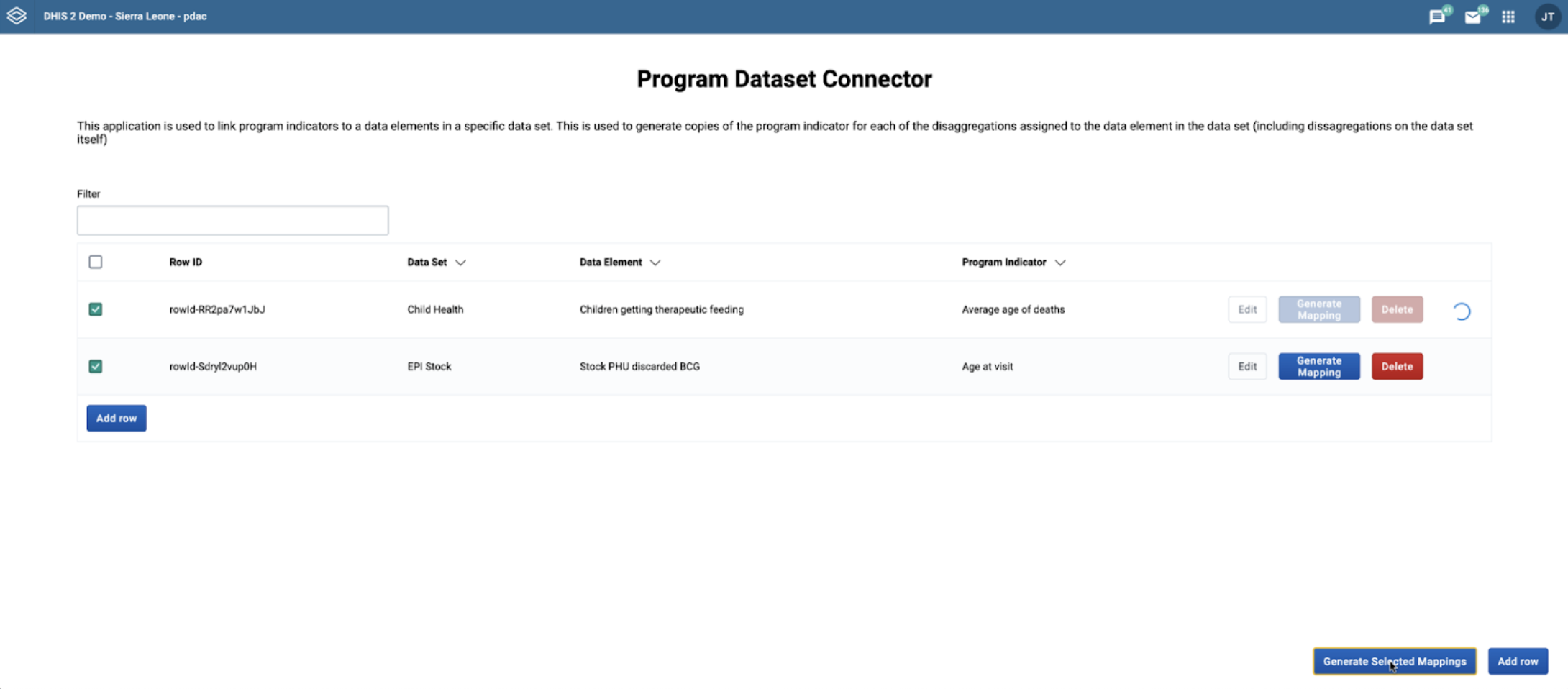
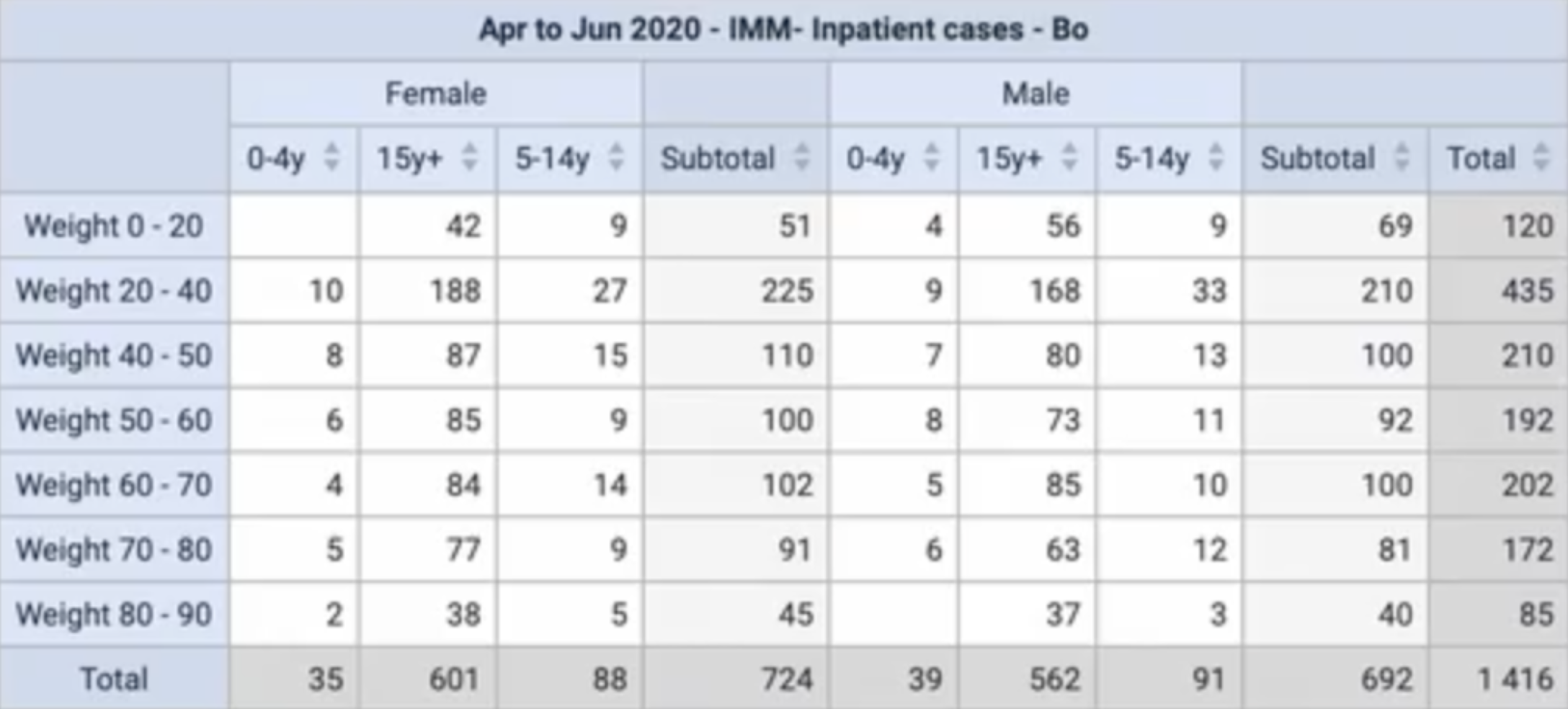
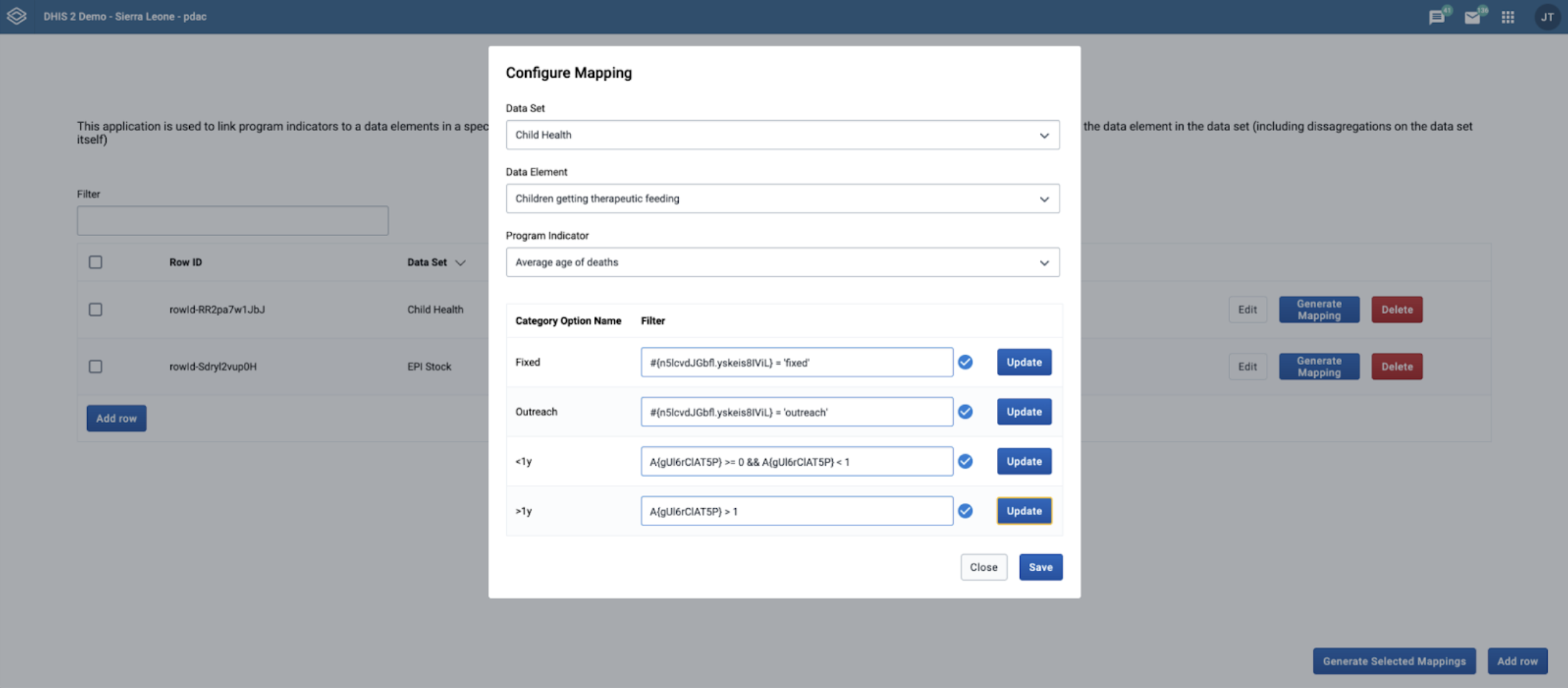
What are the benefits of this app?
PL: There are many, but I will only mention a few.
Benefit 1: The PDAC application simplifies and automates the process of transferring data from the Tracker data model to the aggregate data model. With PDAC, more complex analysis on Tracker and Events programs is now possible, giving you the ability to break down data in new ways.
Benefit 2: Being able to send program data to an aggregate configuration is also a common need for DHIS2 program configurations which require reporting to DATIM. For example, using data from a beneficiary program, specifically the life mentorship, referral, and service tracking forms, to provide data for PP_PREV to DATIM.
Benefit 3: Being able to easily see breakdowns on potentially complex indicators may be vital for spotting trends and patterns in the data. For example, making it easier to see if a certain age group, gender or combination of these is being impacted differently, which may result in further action.
Where can I find this app?
PL: Since this is new, the pre-release is available in a Github repository, and it will soon be available in the app store. There is still much to be done in terms of testing and required features, and user feedback is valuable and most welcome.
How do I learn more?
Just reach out to me. I am more than happy to answer any questions and provide more information. I will be presenting the PDAC app at the DHIS2 Annual Conference later this month and at the DHIS2 Symposium in September.
Also, we are still in the beginning phases, so I’d love to hear from users. Bugs and feature requests can be communicated by creating issues on the Github page. For anything else, I am only an email away (plinnegan@baosystems.com).
Peter Linnegan is a software engineer and DHIS2 expert at BAO Systems, based in our United Kingdom office. He has a wealth of experience and insight in the DHIS2 platform across all areas, from client requirement gathering, configuration setup, data import and manipulation as well as analytics development and the creation of custom solutions extending the functionality of DHIS2 further. Peter’s primary skills are in Python, React, Javascript, DHIS2 configuration and Git, but he also has some familiarity with SQL. He has an academic background in physics and holds a MSc in Natural Sciences from the University of Cambridge and is currently learning Japanese. In his free time, Peter enjoys going for walks and runs with his wife, Sarah, and German Shepherd, Lexi, and meeting up with friends in the pubs in and around Cambridge.
Spotlight

BAO Systems announces strategic asset acquisition of KnowTechTure, welcomes Rodolfo Melia as key hire
BAO Systems, a global leader in digital health solutions, is proud to announce the strategic acquisition of assets from KnowTechTure, a premier data consultancy firm known for its expertise in health information systems and data interoperability.